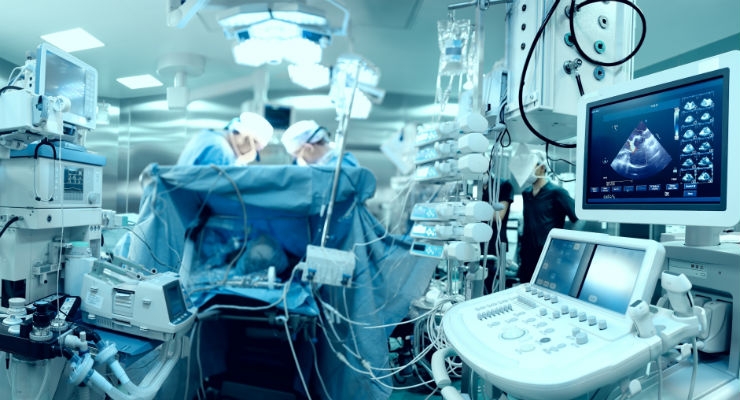When it concerns clinical device problems, a blockchain-based clinical device donation platform might aid with the trouble. It could make the contribution of clinical tools extra reliable, raise the sustainability of these devices, as well as open new networks for organizations to produce as well as remove economic and social worth. Let’s explore three typical problems with the existing clinical equipment contribution system:
- PROBLEM 1: BIOMEDICAL DEVICES DONATIONS ARE FRAGMENTED
Multiple stakeholder groups, e.g. clinical gadget manufacturers, clinical tools resellers, clinical supply healing companies, federal government import/export agencies, and so on, are associated with clinical equipment donations. They have a restricted understanding of each other’s duties and activities. This brings about confusion, duplication of initiative, as well as recipients getting undesirable or incompatible clinical devices. Picture having to run and keep five different designs of ultrasound machines, where each model has a different user interface and uses a one-of-a-kind kind of probe. Preserving a combination of equipment is virtually difficult for resource-strapped doctor.
- PROBLEM 2: GIVEN AWAY CLINICAL DEVICES IS EITHER BROKEN OR INAPPROPRIATE
Given away clinical equipment can be new, but frequently it’s used, and its condition can differ extensively – from practically new to end-of-its-lifespan. Second-hand tools are sent out without evaluating to check if it works and without factor to consider of power demands. The devices might be missing the customer manuals, adapters or consumables essential to run it. Recipients don’t know about the equipment’s problem till they obtain it: After that, if they do not have the resources to spend on returning it, fixing it or dealing with it, they are stuck with it. The tools either rest extra in the hospital or gets disposed of in garbage dumps.
- PROBLEM 3: CONTRIBUTORS RECOGNIZE LITTLE REGARDING THE IMPACT OF THEIR MEDICAL DEVICES DONATIONS
Contributed medical devices are generally not tracked after it leaves contributors, so they have no idea regarding their donation’s influence on the recipient. Sometimes the contributed tools can sit in a stockroom in the United States for several years and never ever make it to the recipient. Not understanding exactly how their donations are profiting the receivers not just frustrates benefactors, but additionally discourages them from making additional donations.
But whatever may be the problem or issue, if the equipment is available, it is always better to check it out or call for a biomedical equipment repair.




